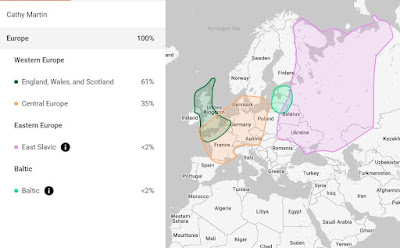From FamilySearch.org:
Join us at RootsTech
The World’s
Largest Family History Conference
100% Virtual, 100% Free
3–5 March
2022
Sign up
for RootsTech so you can enjoy:
- Inspiring keynote speakers
- Unlimited access to over 1,500
sessions
- Expo Hall with companies from
around the world
- Playlists, chat, and much more
From me:
If you are interested in taking your genealogy to the next level be sure to register for the RootsTech Family History Conference by FamilySearch.org -- it's FREE. And it's virtual, so you can attend in the comfort of your own home!!
I have been attending RootsTech from it's inception in 2011. In past years, I would need to pay a registration fee, travel to Salt Lake City, and stay in a hotel -- a lot of time and cost involved. But, it was always worth it! Over the years of attending RootsTech I learned so much to help me in my family history.
Sign up for RootsTech 2022. Learn from your favorite family history experts, listen to inspiring keynote speakers, attend the virtual Expo Hall, and participate in Relatives at RootsTech to see how you may be related to other RootsTech attendees. Over a 100,000 participants have signed up for Relatives at RootsTech. Maybe you will find out that we are related😊
A Guide to Navigating the RootsTech 2022 Website






